rocketman1
Enthusiast
- Joined
- Apr 18, 2007
- Posts
- 6
- Reaction score
- 0
I had smelled coolant a time or two. Never found any leaks. Took the car out for a drive yesterday and brought it back. Found a puddle on the ground and finally found the leak. Guess it got much worse really quick. Coolant is dripping from the driver's head at the back corner. Its a 95 with 29k miles.
Did some post searching and found mention of newer gaskets in a top-end kit. Was just told by a dealer 1000$ for the gasket kit, and it's on national backorder ?!?
Really?
Did some post searching and found mention of newer gaskets in a top-end kit. Was just told by a dealer 1000$ for the gasket kit, and it's on national backorder ?!?
Really?

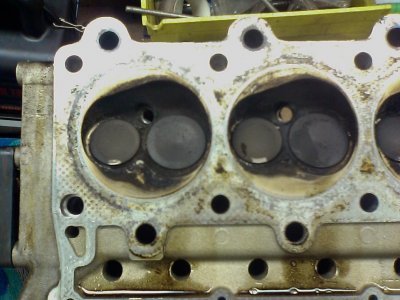
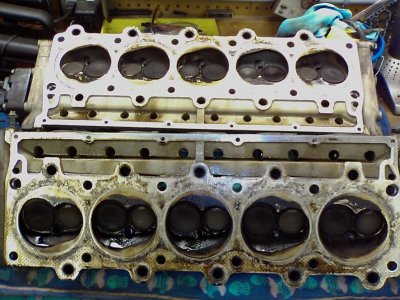
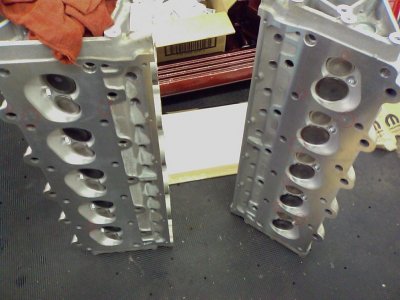
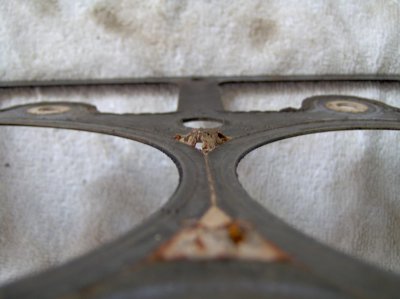
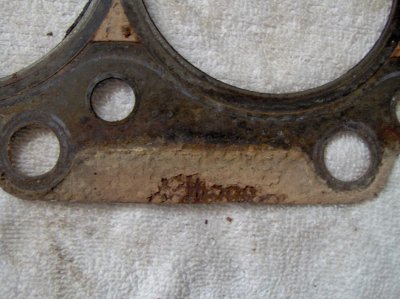
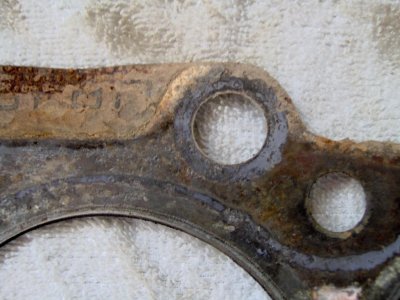


 I like that approach as well. Thanks Tom
I like that approach as well. Thanks Tom 

